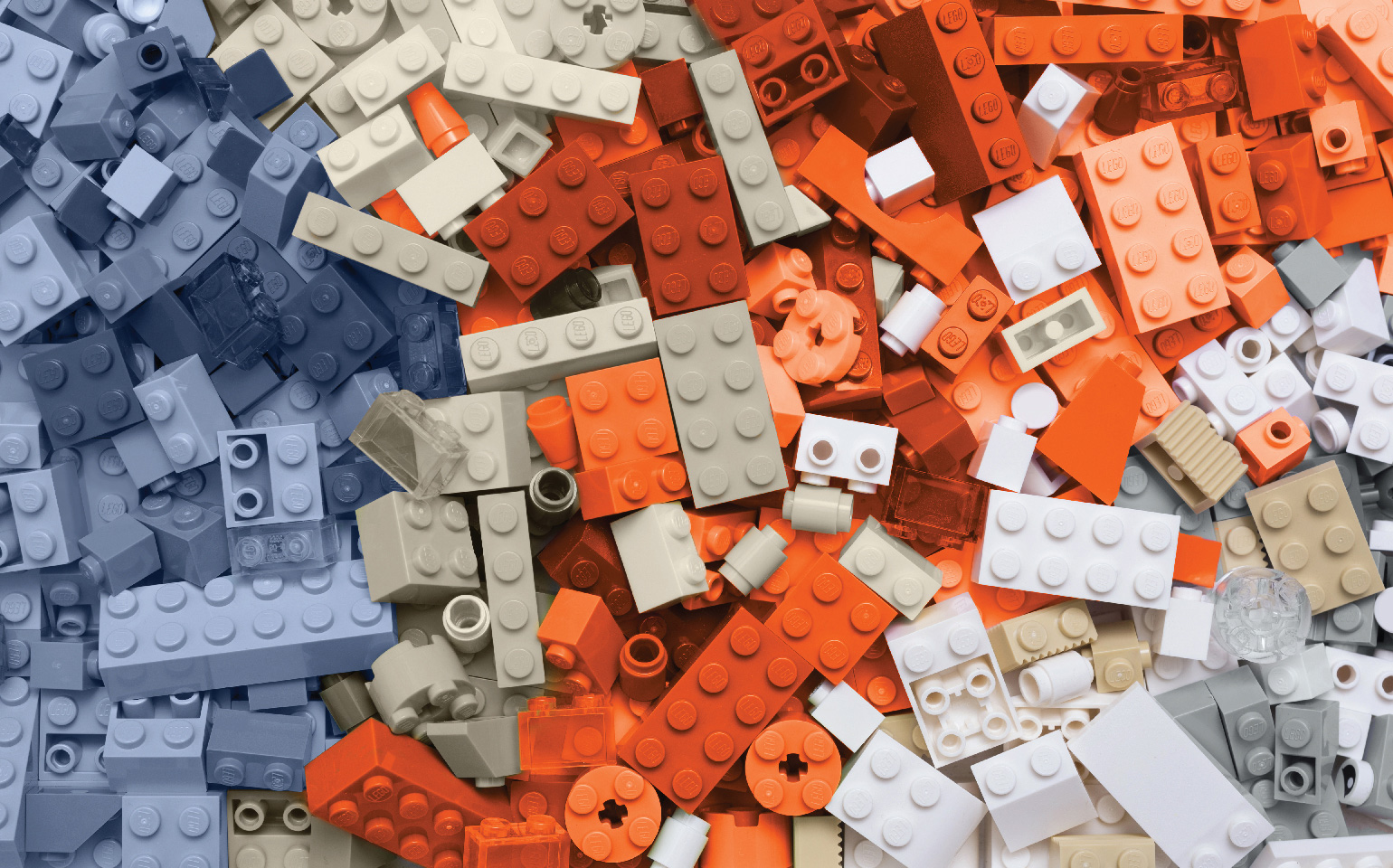The revelation that “green” manufacturing is good for your company’s bottom line is hardly new. The case for sustainable practices in product development are well documented and no longer require arguing. That said, the amount of time, money, and energy expended on creating new products that can be recycled, upcycled, or biodegrade can still be costly.
Sustainable does not always have to mean recyclable. With so much focus being placed on the impact of what happens when something is thrown away, it’s easy to forget the value of simply making things that are meant to be kept. Heirloom quality objects effectively get to exit the carbon cycle since they are designed to never be discarded.
For example, since 1963, LEGO has created their ubiquitous bricks from acrylonitrile butadiene styrene or ABS plastic. LEGO’s proprietary formulation is particularly notable for its robustness, dimensional stability, and wear characteristics. In short, LEGOs are overbuilt from tough materials to last a lifetime, or several lifetimes—have you ever stepped on one?
Since LEGO’s vision is that their products be passed down generation to generation, they no longer have to be as concerned about a lifecycle exit strategy. If you’ve ever thrown a LEGO piece away, you have fundamentally missed the point.
Many products cannot realistically fit into an heirloom category. Yet, it’s worth noting that by extending the life expectancy of your product, you can focus on quality and innovation, potentially expanding your price point and building brand value. Our consumer culture often equals a wasteful culture as well. Constant reinvention usually means a steady pipeline of discarded items that are easily and quickly forgotten. The best remembered products in history were rarely those that intentionally made room for replacement over the next product cycle. Granddad’s hammer. Aunt Jane’s Eames chair. The corner diner’s iron skillet.
Another captivating approach is to craft objects that are designed to age gracefully over time. One of the easiest ways to make a product ageless is by considering how materials wear over time and using it to your advantage. By incorporating and manipulating wear into a design, you offer the potential to build “aesthetic equity.” For example, few people are put off by the time-crafted patina seen on seasoned leather goods. An old riding saddle or a classically designed piece of furniture will often grow richer with age. Deliberately finding ways to celebrate wear and weathering rather than attempting to stave it off could be an interesting way to encourage consumers to hold onto their products.
Regardless of the strategy, the intention remains the same. Since products with a longer life cycle rely on repeated quality experiences, greater care is necessary in their creation. By committing to making products that stick with and stand by your consumers in the long run, you promote your brand’s longevity as well. If you succeed, your customers will reach for your product time and time again from a position of trust, cultivated from your business’s pledge to create heirloom quality worth passing along.
